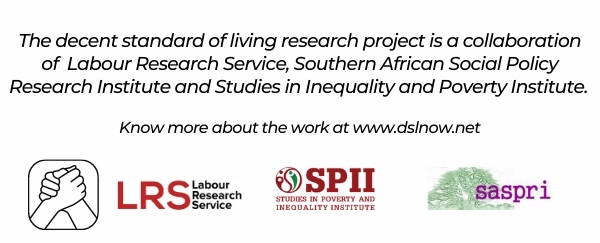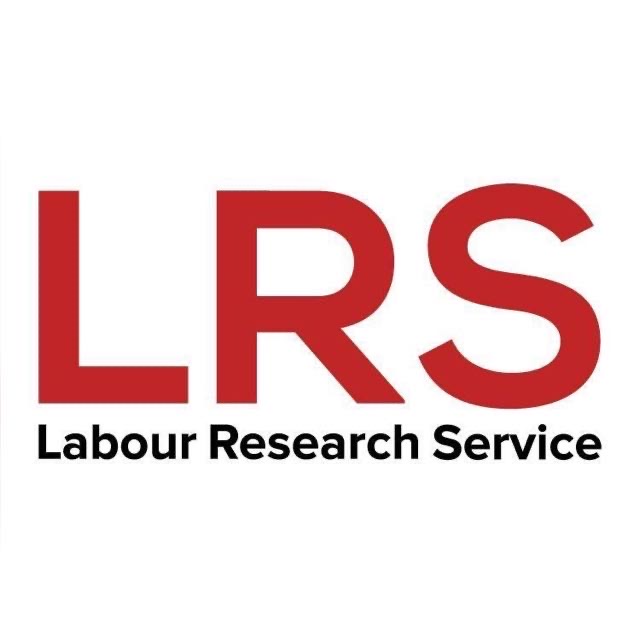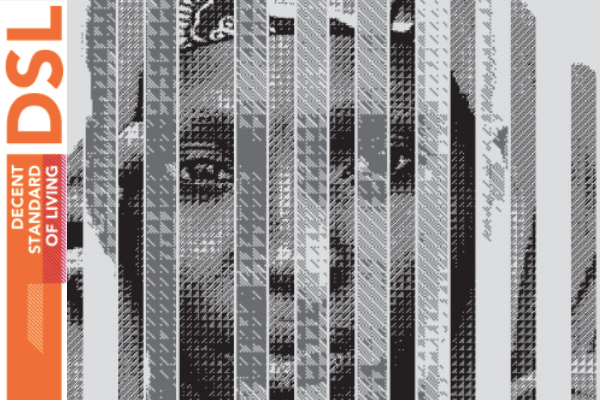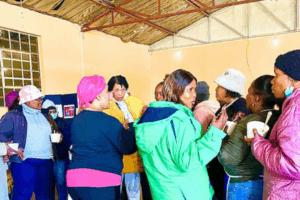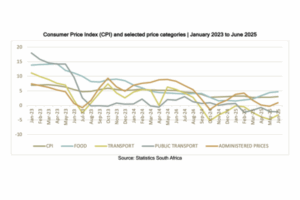Despite the long-running debate on poverty and inequality in South Africa, we’ve not had a robust measure of what it is to live decently and not merely to survive. The Decent Standard of Living (DSL) Project attempts to derive an understanding of what constitutes a broadly acceptable living level that should be used to reflect a basic living level in South Africa.
This ongoing research project is a collaboration of Labour Research Service, the Southern African Social Policy Research Institute and Studies in Poverty and Inequality Institute. It is the first attempt to quantify in monetary terms the resources required for a socially derived standard of living using the Socially Perceived Necessities (SPNs) approach, which tends to move away from the mostly survivalist standard of living that’s at the core of many of South Africa’s poverty line measures.
In 2018, the DSL project found that a monthly income of R7,043 per person is associated with a decent standard of living. This amount is the median per capita household income of people who have a set of 21 indicative items (SPNs) that are widely regarded as essential for an acceptable standard of living in the country. The SPNs include material possessions, social networks and features of the local neighbourhood.
So, what does all this mean? What possible uses can the decent standard of living measure have? To know more visit https://dslnow.net/
An introduction to the Decent Standard of Living threshold and the Decent Standard of Living Index
Uses of the DSL and DSLI
- An estimate of income associated with a socially derived decent standard of living can be used as a benchmark (among others) for assessing adequacy of wages and social security levels
- A lens for monitoring progressive realisation of achieving a decent standard of living
- A lens for exploring priorities for public goods
- An estimate that can be refined over time
